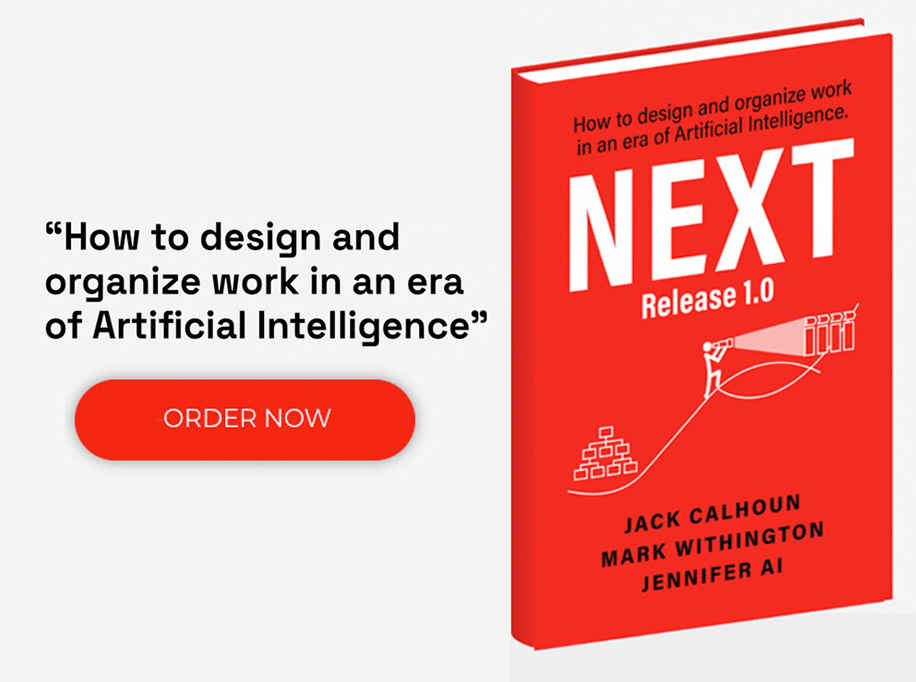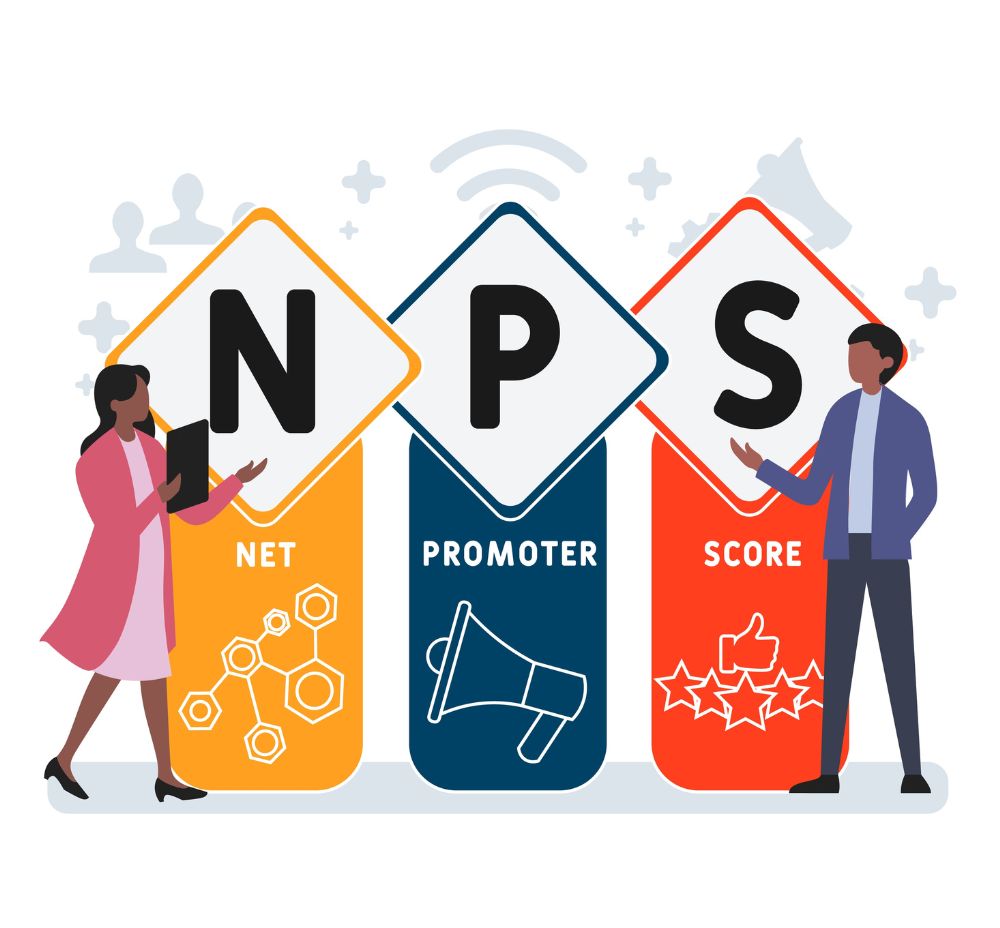It is essential to employ a proven methodology when making decision that impact a business – no matter the perceived importance of the decision or the size of the organization. General staff and management should be encouraged to make informed and well-thought-out decisions. Asking senior management for guidance every step along the way is inefficient and can restrict the autonomy of employees. Whether you are deciding which project is the highest priority, which vendor to choose, or which strategy to pursue, the ability to make a good decision with available information is vital.
In order to make decisions with confidence, you need to develop a systematic approach. Relying on “gut instinct”, intellect, or charisma is not enough to constantly make good decisions. Therefore, leaders need tools and approaches to navigate the process.
During my MBA studies, I learned a good deal on this subject through the analysis of case studies and through group work. My classmates and I studied several approaches to decision-making. The use of any given methodology, however, can also be impacted by the culture of an organization. My studies have given me the tools to evaluate different options, but the practical implementation of the methodology can present substantial difficulties.
On one of my first client engagements, I quickly realized that the culture did not enable employees to make their own decisions. Moreover, the staff, managers, and even senior directors were not comfortable making decisions without advising the CEO or COO. The culture of this client was clearly hierarchical. Such a culture smothered ingenuity and creative thought – two key elements in decision-making and problem-solving.
As part of our consulting work, Accelare helps the client create a “High Performance Organization” with strong leadership skills in all levels of the organization. Such transition includes the development of a new corporate culture which promotes an action-focused decision-making style. We strongly believe that at least 90% of decisions should be made at the ground level. If the decision cannot be made at that level, it should be escalated, but only after careful thought and attempts to resolve the matter. Accelare advises the use of The Scaled Agile FrameworkTM (SAFe) to efficiently handle those situations.
In order to develop leaders in an organization, who are empowered to make decisions, it is recommended that the organization (or department, based on size) hold a workshop in which the following methodology is covered.
Step 1: Identify the Problem
Start the decision-making process by identifying the core problem, – a task that can be completed by implementing an approach such as “5 Whys” or “Root Cause Analysis”.
Step 2: Generate Good Alternatives
Once the problem is defined, one needs to generate. Brainstorming with the whole team would be the best way to come up with as many good options as possible.
Step 3: Explore Your Options
When one is satisfied with the selection of alternatives, it is time to evaluate the feasibility, risks, and implications of each one.
Step 4: Make the Decision
“Decision Matrix Analysis” or “Decision Trees” are useful techniques to choose from a number of good alternatives confidently and rationally.
Step 5: Implement the Solution
Develop an action plan and allocate resources to execute the decision. In this final step, it is also crucial to address the potential risks and identify the preventive actions necessary to minimize that risk.
The successful implementation of this approach will cultivate a culture where employees are comfortable to make decisions at all levels of the organization and create efficient, action taking and agile teams.











